What Is Diffuse Intrinsic Pontine Glioma (DIPG)?

What is DIPG?
DIPG stands for diffuse intrinsic pontine glioma. It is a type of high-grade glioma, a brain tumor that comes from cells called glia that surround, protect, and otherwise support the nerve cells in the brain.
DIPG is always found in the brainstem. This part of the brain controls many basic functions like breathing and swallowing, as well as muscles that help with speech and eye movements.
It is most common in elementary school-aged children, but it can affect children of any age.
Learn more about childhood cancer >
About 250 kids in the U.S. are diagnosed with DIPG each year.
What I Learned From My Daughter’s DIPG Diagnosis
When Kristine’s daughter McKenna was diagnosed with a rare pediatric brain tumor that no child has ever survived, she learned there was no known cure because of a lack of funding for research. You can help — get involved.
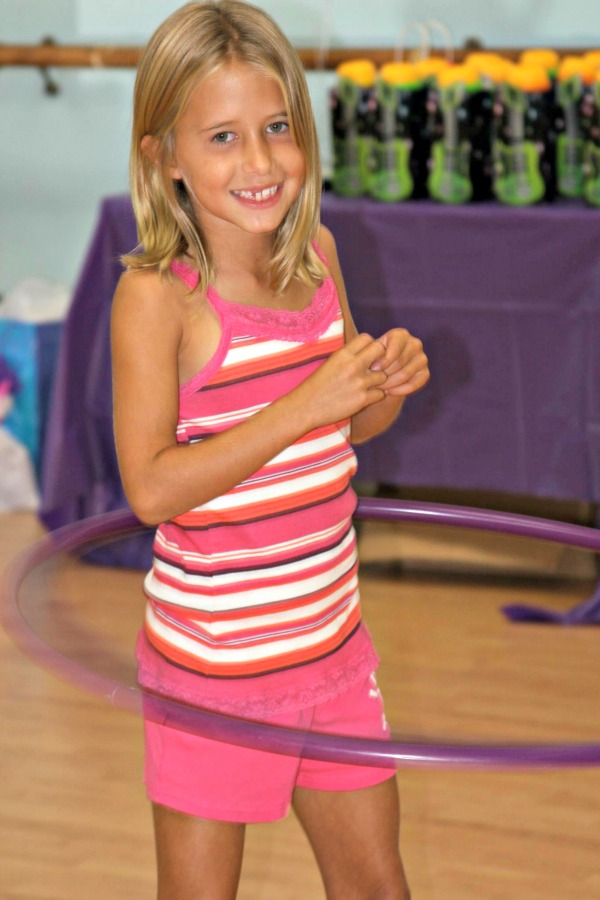
McKenna was diagnosed with DIPG, a deadly brain tumor, when she was 7.
Childhood cancer was never even a consideration in our minds before that scan, but less than 24 hours and one MRI later, we found ourselves surrounded by doctors at the nurses’ station in the PICU waiting to hear the diagnosis.
It was in the midst of that chaos that we were told our daughter had diffuse intrinsic pontine glioma, or DIPG, an extremely rare pediatric brain tumor that typically strikes between the ages of 5 and 7, infiltrates the brain stem, and has a 0% survival rate.
St. Baldrick’s Fellow Studies Promising Treatment for High-Grade Gliomas
When St. Baldrick’s Fellow Dr. Adam Green learned about high-grade gliomas and met kids diagnosed with the brain tumors, he knew he had to help. And today he’s doing just that. Read on for more about Dr. Green, his exciting research, and how St. Baldrick’s helped him make it happen.
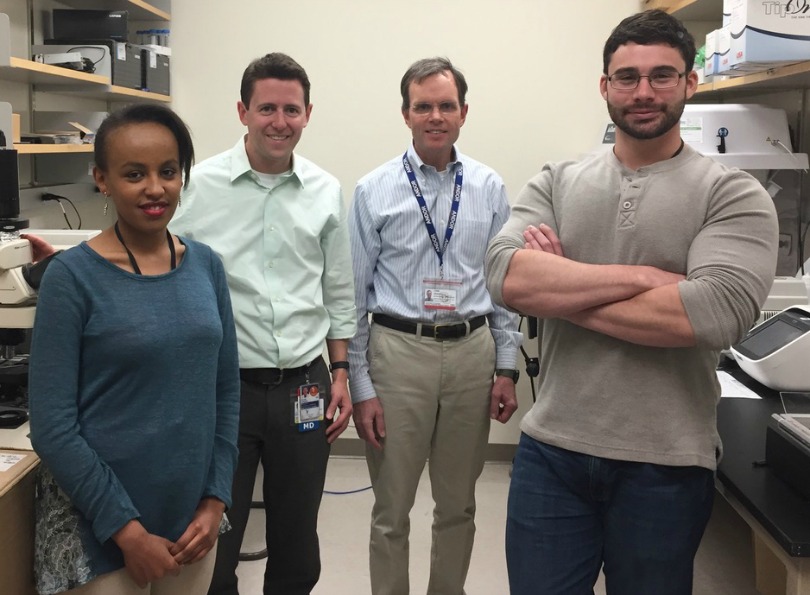
Dr. Adam Green in his lab at the University of Colorado with his lab members, from left to right: Rakeb Lemma, Dr. Green, John DeSisto and Patrick Flannery. Dr. Green’s research is funded in part by the Luke’s Army Pediatric Cancer Research Fund, a St. Baldrick’s Hero Fund created in memory of Luke Ungerer, a little boy who died of brain cancer.
Dr. Adam Green distinctly remembers the first time he gave a family the news that their child had an aggressive, fatal brain tumor. It was an experience that’s hard to forget.
St. Baldrick’s and the National Brain Tumor Society Join Forces to Defeat Pediatric Brain Cancer
Brain cancer is now the leading cancer killer in kids, and St. Baldrick’s has just partnered with the National Brain Tumor Society to do something about it. Read on for more about what this partnership is going to do about brain cancer and how it could revolutionize childhood cancer research forever.
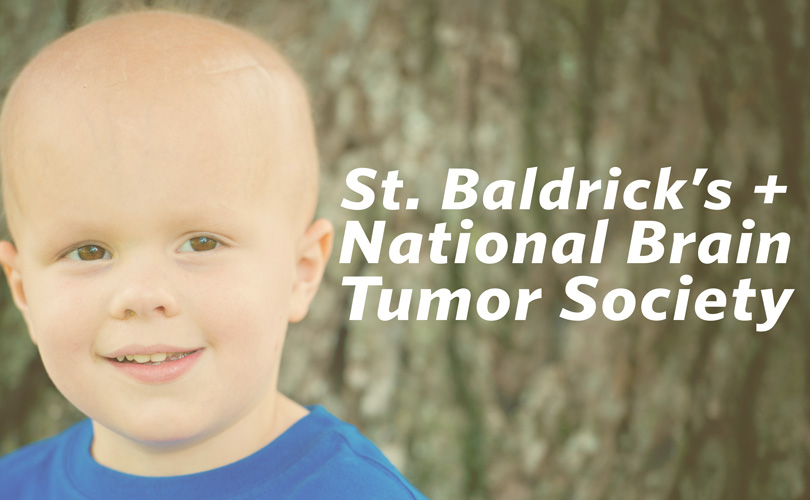
Many kids with leukemia are now getting better and surviving their cancer, thanks to great strides in childhood cancer research over the years. But unfortunately, a lot of kids with brain tumors are not seeing the same results.
In fact, brain cancer just outpaced leukemia to become the number one cancer killer in children, according to a new report from the Centers for Disease Control and Prevention.
Holding on to Hope: Our Family’s DIPG Story
At 12 years old, Hope dreamed big. She wanted to be the next Asian Taylor Swift, a doctor, a nurse, or maybe even a minster. She had a lifetime of plans to make a dreams to chase until she was diagnosed with DIPG, a pediatric brain tumor with no known cure. Her mom tells her story.
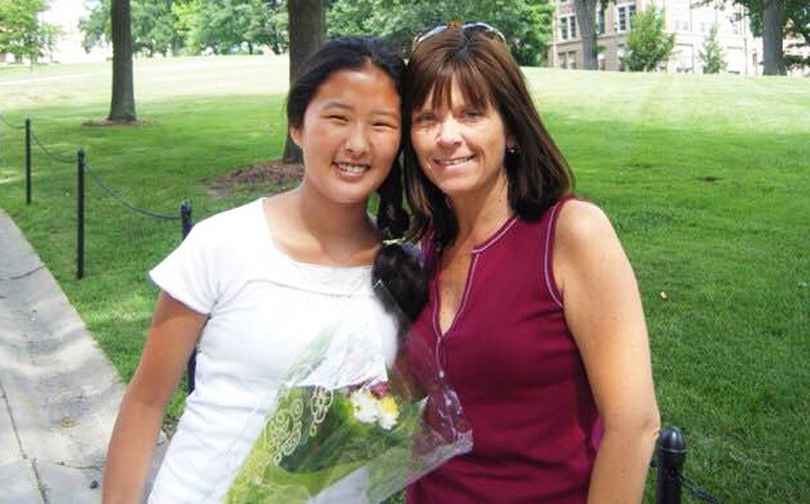
There is a song that Garth Brooks sings that includes the lyrics, “Some of God’s greatest gifts are unanswered prayers.” That is exactly what Hope was to our family.
Why I Was Drawn to Pediatric Cancer Research: Thoughts of a St. Baldrick’s Summer Fellow
Raymond Chang is a student at Weill Cornell Medical College studying to be a doctor. Thanks to a St. Baldrick’s Summer Fellow grant, he’ll be spending his summer researching DIPG, an inoperable and always fatal pediatric brain tumor. Read what Raymond has to say about what led him to DIPG research.
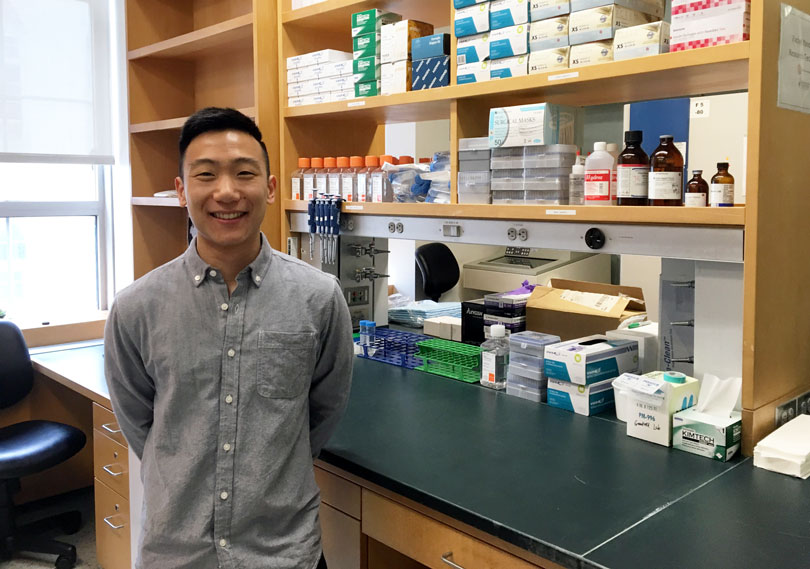
The first time I visited Dr. Souweidane’s lab, I was drawn to a series of banners hanging in the foyer.
Instead of the presentation posters or published work that decorate most lab hallways, these were portraits of beaming kids — tissue donors from the Children’s Brain Tumor Project. Below each portrait were dates of birth and death, and the type of brain tumor that each had been diagnosed with.
Decrypting DIPG: Gaining Insight Into an Incurable Brain Cancer
St. Baldrick’s Scholar Dr. Oren Becher is working to decrypt one of the most deadly and least understood childhood cancers — DIPG, or diffuse intrinsic pontine glioma. Thanks to diligent and brilliant work in the labs of research greats and a boost from St. Baldrick’s, Dr. Becher now has his own lab and his own team team dedicated to DIPG research. Together they’re determined to make a difference for kids with this currently incurable brain cancer.
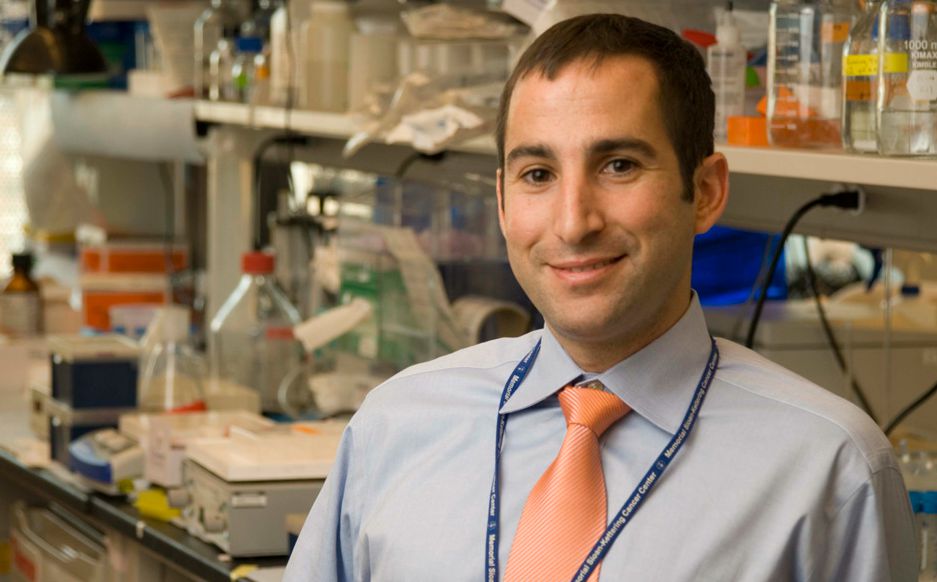
Dr. Oren Becher recently moved to his own lab, where he studies DIPG in an effort to find a treatment for the deadly brain cancer.
A Tremendous Inspiration: Maddy’s Story
At 9 years old, Madelyn Bougard was diagnosed with a rare and deadly type of childhood cancer. A fashionista with a big spirit and an equally big heart, Maddy was an inspiration to those around her. Her father, Jim, shaved for St. Baldrick’s in her memory at the Mickey Byrnes Irish Pub event in Hollywood, Florida. Honor Maddy by contributing to her dad’s shavee page.
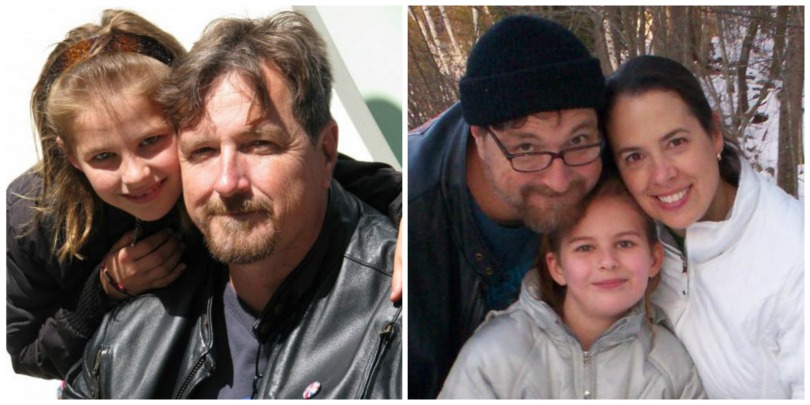
Madelyn with her parents. The 9-year-old was diagnosed with an aggressive type of childhood cancer called diffuse intrinsic pontine glioma, or DIPG, in 2010.
One day before church, Jim discovered that his daughter Madelyn had outgrown most of her wardrobe. But instead of dreading the trip to the department store as some guys might, he welcomed it.
The shopping trip meant his daughter was still growing — she was still alive.
‘Together We Are Better’: St. Baldrick’s and McKenna Claire Foundation Fund Pediatric Brain Tumor Research
The McKenna Claire Foundation is supporting a St. Baldrick’s research grant to help kids with brain tumors. Kristine, whose daughter McKenna died of a brain tumor, explains why. See all the 2014 Summer Grants.
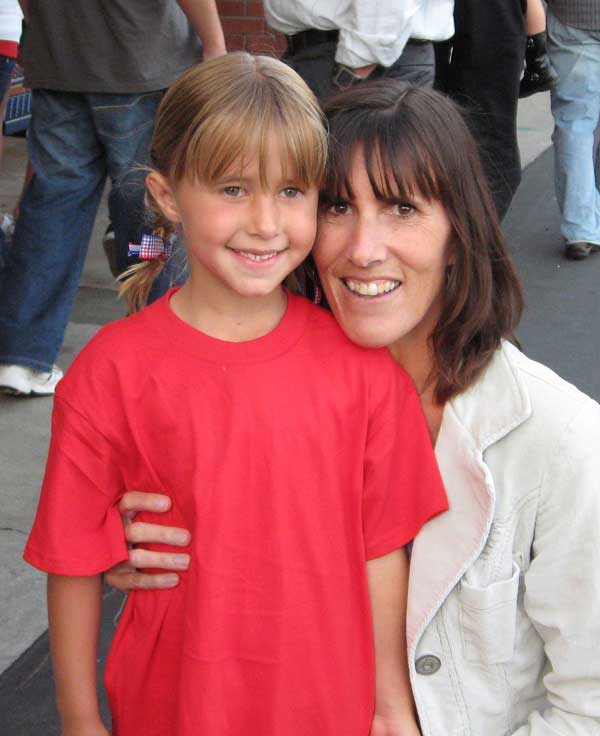
Kristine with her daughter McKenna. McKenna was diagnosed with a brain tumor in January 2011 and died six months later.
Upon diagnosis, we were told that there was no hope for her survival and that the average life expectancy was 9-18 months. Because it is so rare, there had been little research done on this disease in the past 50 years, with virtually no change in treatment protocols or life expectancy.
For that reason, when we lost McKenna just six short months after diagnosis, we decided to do two things.
The first was to donate her tumor to Monje Lab at Stanford University, where a cell line was developed for use by researchers around the world. The second was to start a foundation in her name with the specific purpose of supporting progress in the field of pediatric brain cancer research.
‘Color it Forward’: Votre Vu’s Continuting Commitment to Children With Cancer
Harold Zimmerman is the founder and CEO of Votre Vu, a beauty company specializing in botanically infused French skin care and custom-blended cosmetics. Check out Votre Vu’s French Accents collection, where $1 from every item purchased is donated to the St. Baldrick’s Foundation.

This month, Votre Vu celebrates two years of the Color It Forward campaign to cure childhood cancers.
One child. That’s all it takes to grab your attention…and your heart. In my case, it was learning about a neighborhood child, Max Lacewell, who lost the fight with diffuse intrinsic pontine glioma (DIPG) at age 6. After radiation and experimental chemotherapy, he was sent home with no other options. No other options.
Why? Because of a lack of research into pediatric cancers.
During Votre Vu’s first few years, we supported a myriad of charities, but one need stood out above the rest, and it had a name: Max.
« Newer PostsOlder Posts »

 SBF
Tweets »
SBF
Tweets »